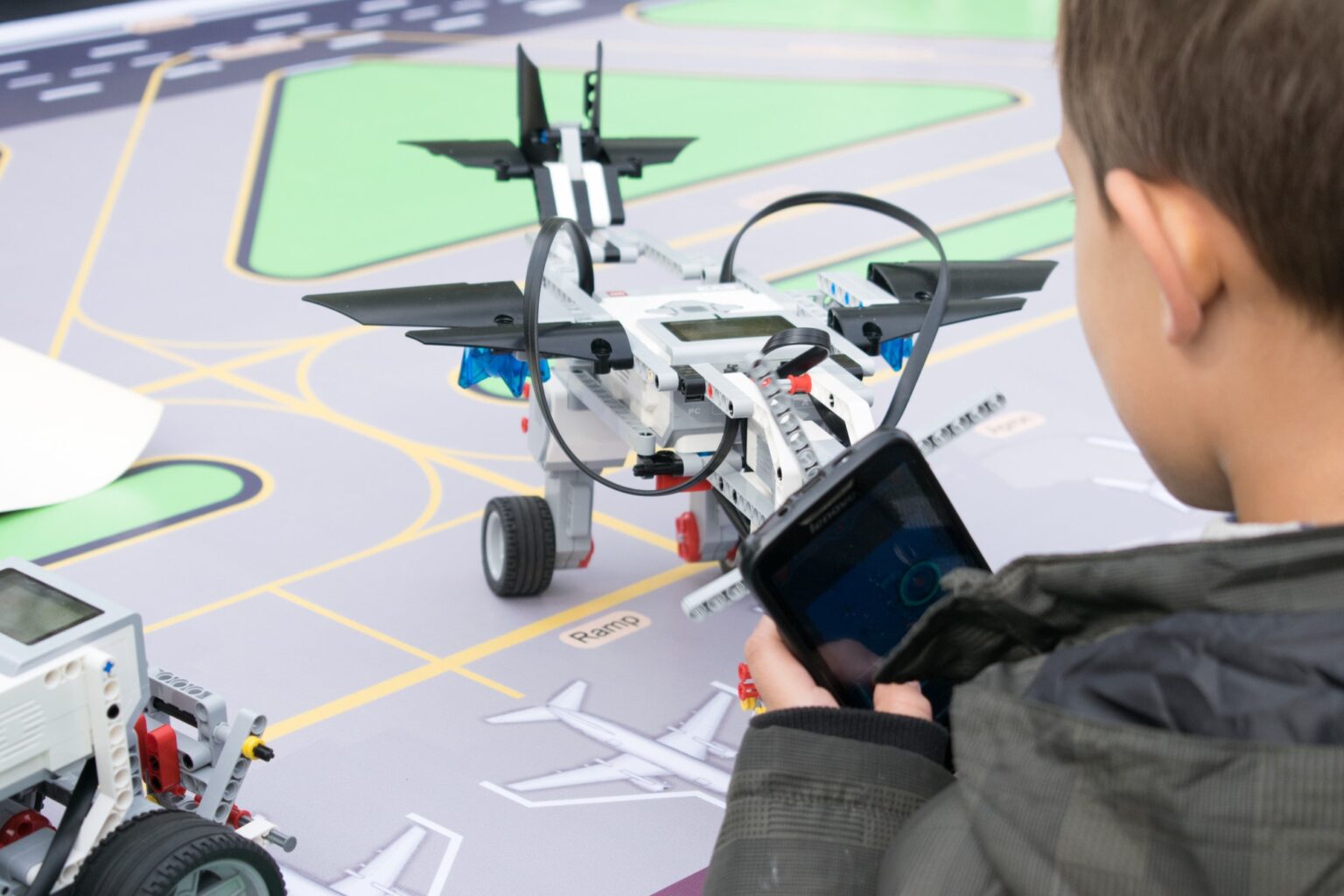Drone regulation and airspace management play a crucial role in balancing safety and innovation in the use of unmanned aerial vehicles (UAVs). As drones become more prevalent in various industries and recreational use, it is essential to establish rules and guidelines to ensure safe and responsible operations while allowing for innovation and economic growth.
Here are some key considerations in drone regulation and airspace management:
-
Registration and licensing: Many countries have implemented registration and licensing requirements for drone operators. This helps establish accountability and ensures that operators have a basic understanding of safety rules and regulations. Registration allows authorities to track and identify drones and their owners in case of incidents or violations.
-
Flight restrictions and no-fly zones: Certain areas, such as airports, military installations, or sensitive locations, have airspace restrictions for safety and security reasons. Implementing geofencing technology in drones can prevent them from entering restricted areas, reducing the risk of collisions or unauthorized access. It is crucial to establish clear guidelines and communicate these restrictions effectively to drone operators.
-
Operational limitations and altitude restrictions: Setting operational limitations, including maximum altitude and distance from the operator, helps ensure that drones do not interfere with manned aircraft or pose a risk to people and property on the ground. These limitations are typically based on airspace classifications and the specific capabilities of the drones being operated.
-
Remote identification and tracking: Implementing remote identification and tracking systems for drones enables authorities to identify and monitor drone operations in real-time. This technology allows for better situational awareness, enforcement of regulations, and investigation of incidents or violations.
-
Pilot training and certification: Requiring drone operators to undergo training and obtain certifications can help ensure they have the necessary knowledge and skills to operate drones safely. Training programs cover topics such as flight operations, regulations, emergency procedures, and responsible drone usage.
-
Beyond visual line of sight (BVLOS) operations: BVLOS operations refer to flying drones beyond the operator’s visual line of sight. These operations have significant potential for various industries, such as delivery services or infrastructure inspections. However, they present additional safety challenges and require advanced technologies and regulatory frameworks to manage the risks effectively.
-
Collaborative approach and industry standards: Collaboration between regulatory authorities, drone manufacturers, and industry stakeholders is vital for establishing effective and practical regulations. Developing industry standards and best practices ensures consistency and interoperability among drones and related systems.
-
Continuous monitoring and adaptation: Drone regulations should be periodically reviewed and updated to keep pace with technological advancements and evolving safety concerns. Authorities should monitor the industry’s progress, gather feedback from stakeholders, and adapt regulations accordingly to strike the right balance between safety and innovation.
Balancing safety and innovation in drone regulation and airspace management requires a comprehensive and flexible approach. It involves addressing safety concerns, protecting privacy, and fostering an environment that encourages innovation and economic growth. By establishing clear rules, educating drone operators, and leveraging advanced technologies, regulators can enable the safe integration of drones into the airspace while promoting the benefits they bring to various industries and society as a whole.



